In the middle of a busy day, a car that stalls and dies can derail all of your plans. When you have errands and appointments to run throughout the day, you count on your car to get you there.
Making your car do these things suddenly seems impossible once it stalls. You should take care of a problem if your SUV, car, or truck keeps stalling.
The purpose of this guide is to explain each of these in detail so that you know exactly what to do.
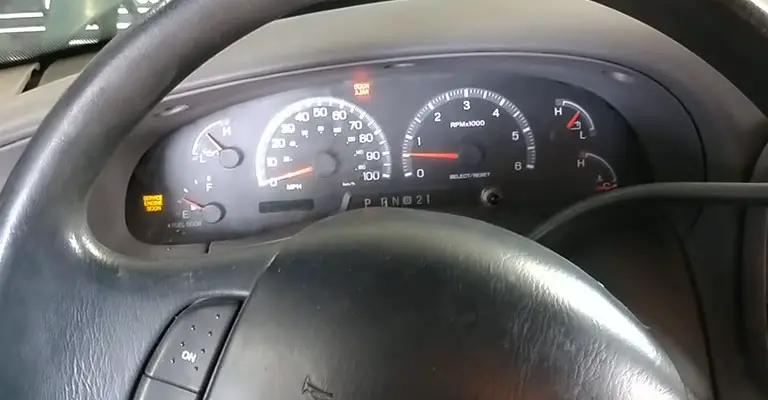
What Does It Mean When Your Car Dies At A Stop Light?
There is a good chance that your engine stalled when it dies while idling. When a car stalls, what causes it to do so? In most cases, the engine doesn’t receive enough air, power, or fuel.
What Causes A Car To Cut Out When Idling?
It is important to understand that there are several reasons why a car may stall while it is idling. Among the main reasons for this are:
1. Problems With Transmissions
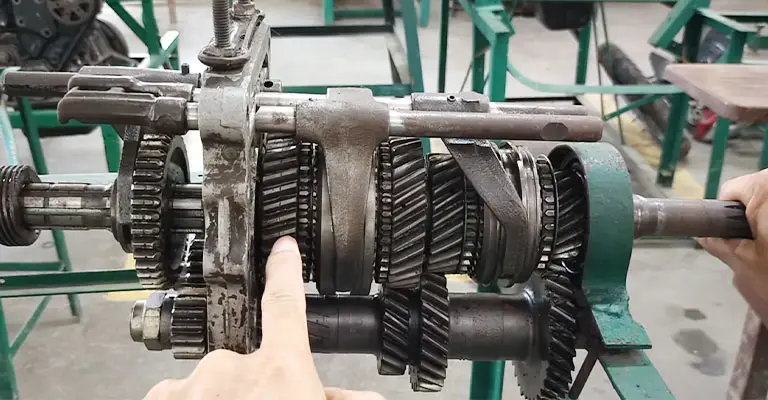
There is no such thing as a car that stalls out; after all, is there anyone who drives a manual and hasn’t experienced a stall out when learning how to drive one? Operator error of the clutch can cause manual transmission cars to stall.
The only thing you need to do is practice. It is also possible for an automatic transmission to cause a car to stall, but that is a much more serious problem.
Having a torque converter that doesn’t engage and disengage properly, or having automatic transmission fluid that leaks, could result in your car stalling.
In addition, there seems to be a problem with the automatic transmission. Depending on the situation, transmission work might be required.
2. Problems With Alternators
As soon as you turn the ignition on, the battery in your car holds a charge that is used to start the car. The alternator recharges the battery using the power generated by the engine once it is started.
Until your car’s engine dies, the alternator will only supply power to the battery. Typically, alternators are driven by belts, which can burn out over time.
There is a possibility that the alternator will not work if the drive belt slips off or becomes loose. If your car suddenly dies on the road and doesn’t start up again, it’s worth checking its alternator belt and pulley.
3. Fuses That Have Blown
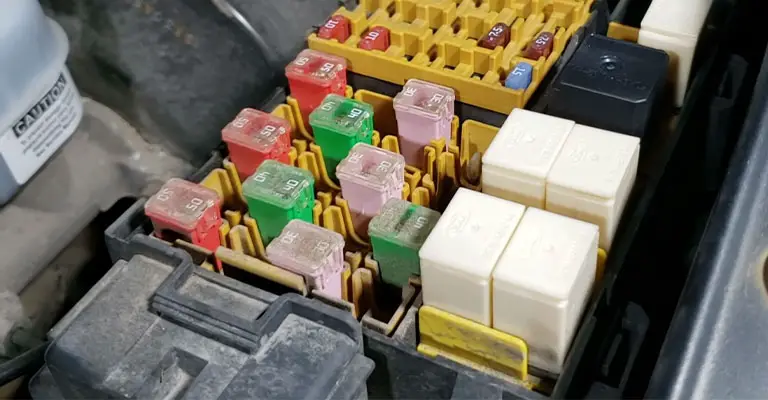
A blown fuse could cause problems with the fuel system or the air intake if it prevents electricity from flowing to where it needs to go.
A blown fuel pump fuse, for example, will result in a perfectly good fuel pump not working – and the same problems described above as reason #1 will apply.
It’s easy to replace a blown fuse! However, a professional may need to check the wiring in your car to find the underlying problem if an electrical short caused the fuse to blow.
4. Air Intake Is Insufficient
In the opposite case, you’ll run into problems if your engine isn’t getting enough air. There will be too much fuel in the engine mixture to allow it to burn properly, and the engine will die.
An air filter that is dirty could be the cause of your car stalling when you come to a stop. Air may not be passing through the air filter to the engine because it has become so clogged.
During driving, more air passes through the filter into the engine, but when your vehicle comes to a stop, it becomes air-starved and stalls.
You may also experience air starvation in your engine if you have a mass airflow sensor problem. The good news is that these are two of the most common causes of stalling in a car, and they can both be easily fixed.
5. Oxygen Or Mass Airflow Sensor Failure
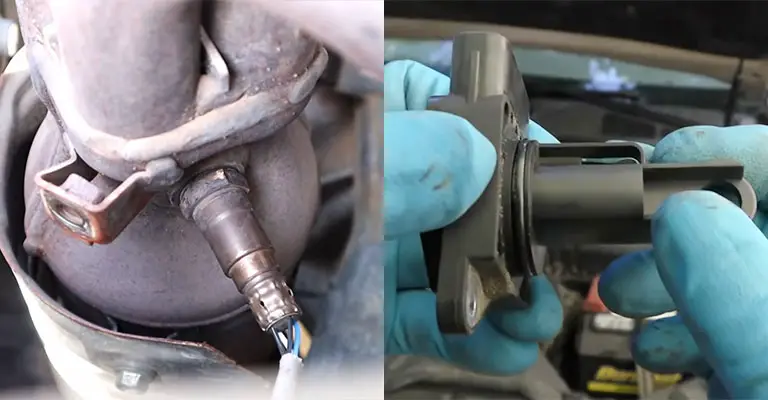
Different sensors are installed in your vehicle. The ECM (Engine Control Module) receives specific information from each sensor.
To ensure the engine is running optimally, the ECM uses this data to regulate the engine’s operation.
Car engines stop while idling because of two of these sensors. Oxygen sensors are located in exhaust manifolds first of them. Secondly, there is the mass airflow sensor, which sits inside the intake air duct to the left of your engine.
Using the former, you measure how much air is leaving your engine while using the latter, you measure how much is entering your engine. This data is used by the ECM to determine how much air to send to the combustion chambers.
The sensors may not be relaying accurate information if either is malfunctioning. You may not be receiving enough air, which is necessary for your engine to operate.
In the absence of air, your car can stall while idling, resulting in a loss of power. Is it expensive to replace an oxygen or mass airflow sensor? Oxygen sensors cost $200, while mass airflow sensors cost $300.
6. The Fuel System
The fact that your car needs fuel isn’t something we’ll bother to tell you. Your vehicle will stall if gasoline isn’t getting to the engine for any reason.
It can also occur because the gas tank runs out – but there are other causes as well. For example, there may be a problem with the fuel pressure regulator.
The motor inside can simply burn out over time, or a bad fuel pump may burn out if your tank’s fuel level gets too low. Engine misfires and stalls if the fuel pump does not pump enough fuel to the engine.
A clogged fuel filter can also cause this problem. Therefore, you should replace your fuel filter on a regular basis based on the guidelines outlined in your owner’s manual.
7. It’s Time For New Spark Plugs
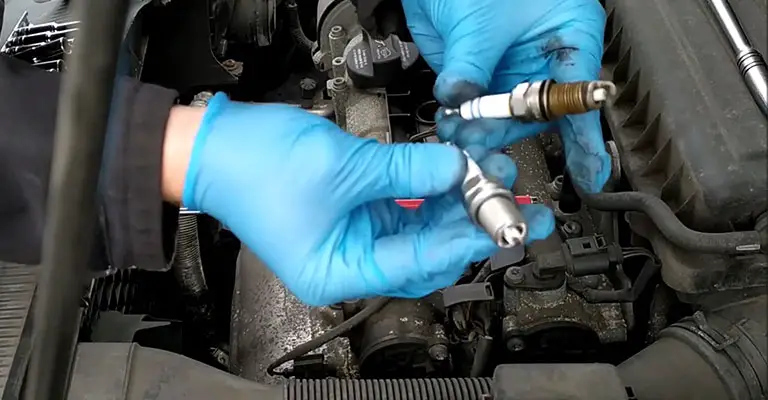
Air/fuel mixtures are ignited inside combustion chambers by spark plugs. Old and worn parts perform less effectively, as you would expect. When your engine is underpowered, it can stall at idle, resulting in car problems.
8. Actuator For Idle Air Control Is Defective
An idle air control actuator controls the engine’s RPMs while it’s idling to maintain an optimal range. Mass airflow, oxygen, and fuel sensors are part of the inputs received by the ECM.
Your engine’s rotational speed may fall too low if your idle air control actuator is malfunctioning. When you idle your engine, you may notice that it stalls.
There is a wide range of costs associated with replacing this part. Labor and parts can cost up to $500, depending on the situation.
9. Problems With The Wiring Harness
Misfiring ignition also leads to a car dying while idling and restarting later. Having loose or corroded wires in the wiring harness causes the car to lose voltage because the ignition circuit is unstable.
Therefore, if the speed slows down, the engine won’t have enough power to continue to function.
Is Your Check Engine Light On?
The first thing you should check is the check engine light (CEL). The diagnostic trouble codes can be downloaded from your computer. You can use the codes to identify the component or system responsible for the problem.
Even if the CEL does not illuminate, the following sections include information about the most common circumstances under which an engine can stall and the most common components or systems that may malfunction.
You should consider the circumstances that cause your vehicle to die (e.g., only when the vehicle is warm, cold, idle, moving, or decelerating) when you are conducting a diagnostic.
It is important to know how your engine fails to give you clues about the type of problem it is having.
Diagnosing An Idling Engine
The following steps will help you determine the problem on your own.
Run a diagnostic troubleshooter. You can use an OBDII code scanner to determine if any faults have been registered. To remove trouble codes, research the faults and fix them.
The throttle body should be sprayed with starting fluid. The fuel system might malfunction if the vehicle normally runs during this time. Make sure the fuel pressure is correct. The fuel delivery system should be equipped with a fuel pressure gauge to measure the pressure.
Typically, gas engines have pressures between 40 and 50 PSI, while diesel engines usually have higher pressures. In your vehicle’s service manual, you can find the appropriate reading.
You should check for sparks. Inline spark testers should be connected between a good ground and the plug boot. Turn the engine on. When the tester lights up, the engine receives a spark. Otherwise, you should check the spark plugs.
Make sure the throttle body is clean and calibrated with your OBD2 scanner if it has this feature. The throttle body may need to be calibrated by your dealer.
The Bottom Line
The more you ignore a stalling car, the more severe the problems will become. Take action instead of waiting for it to fix itself. It is simply because when an engine dies while idling, something is wrong that needs to be addressed immediately.
